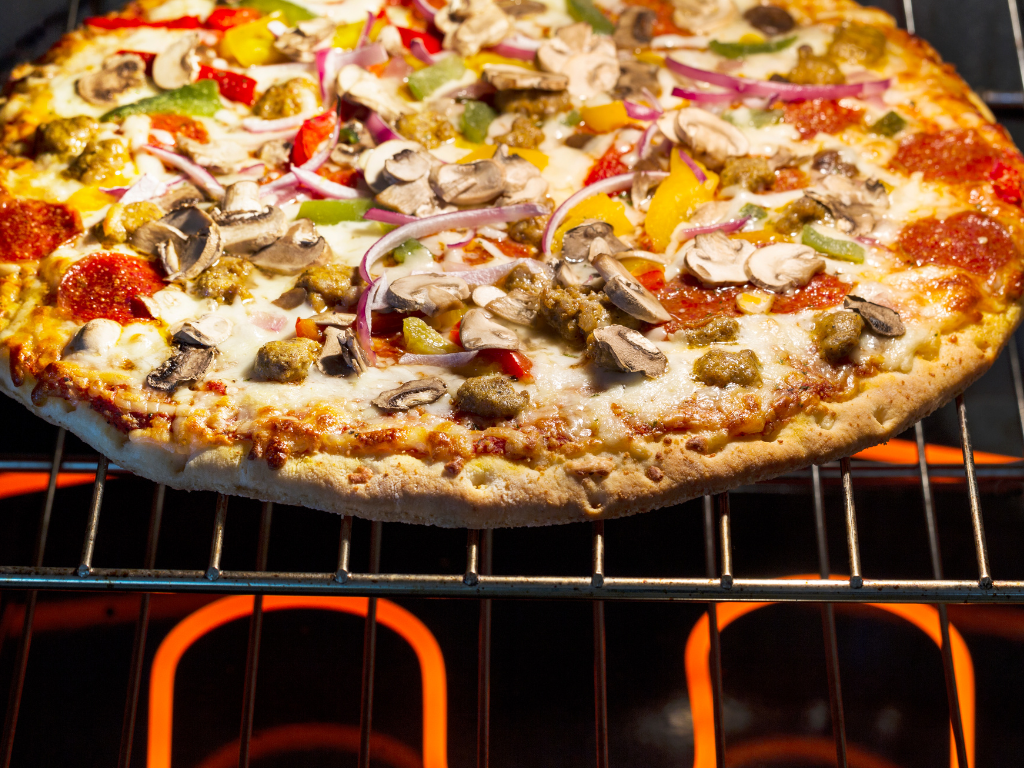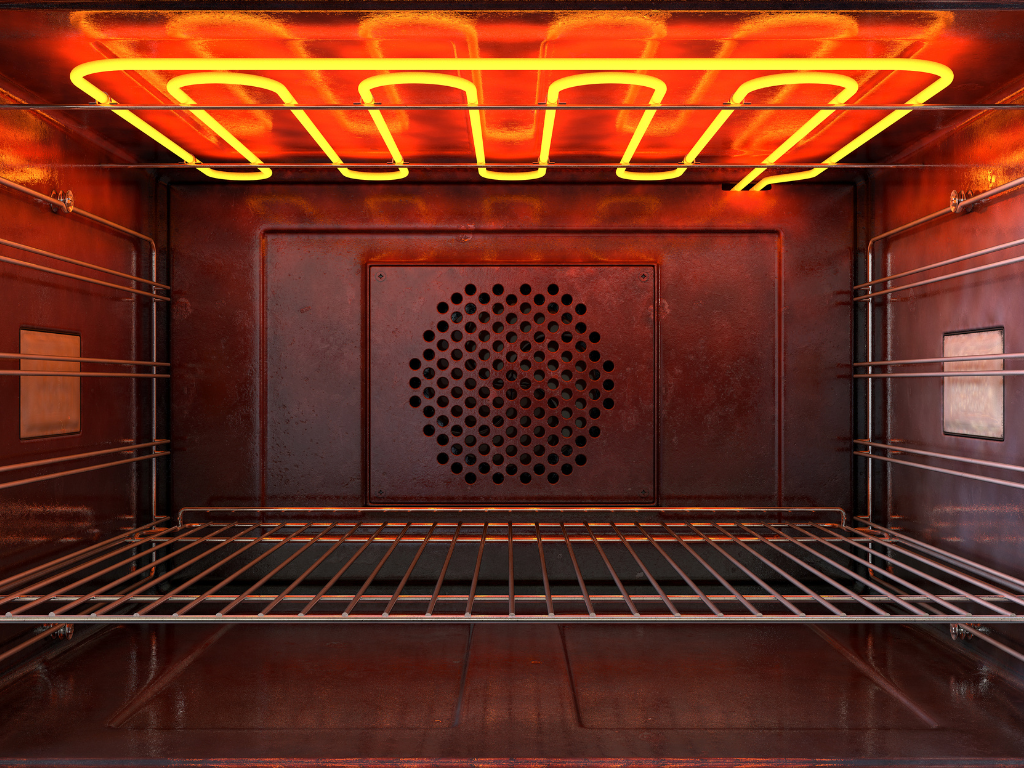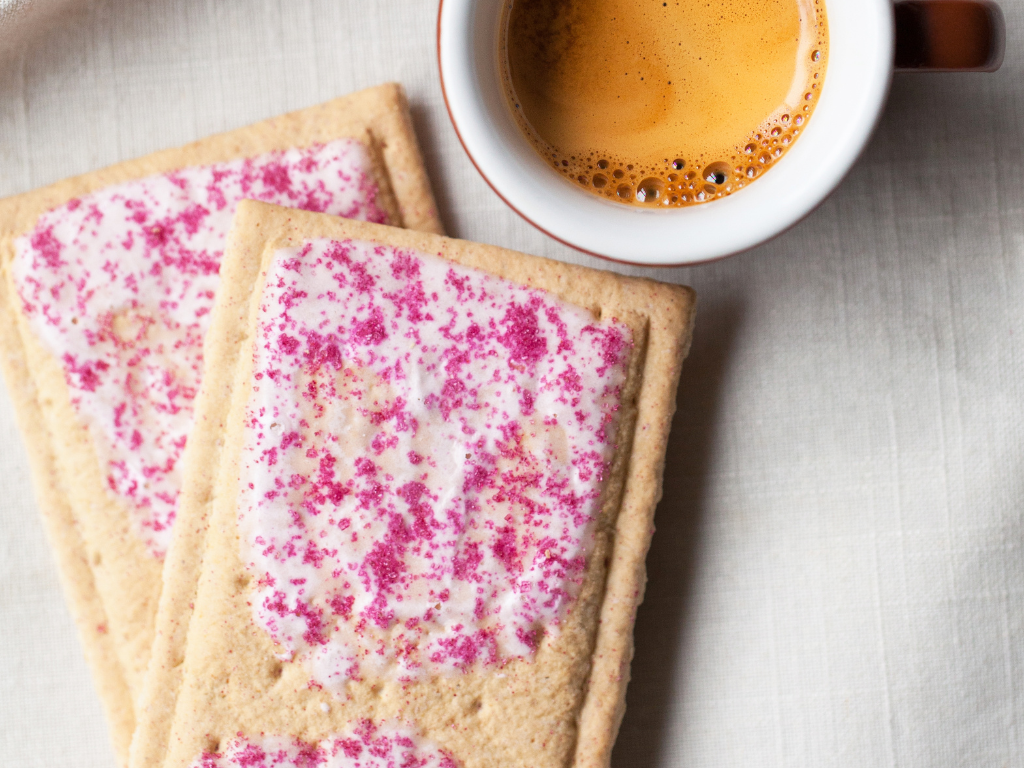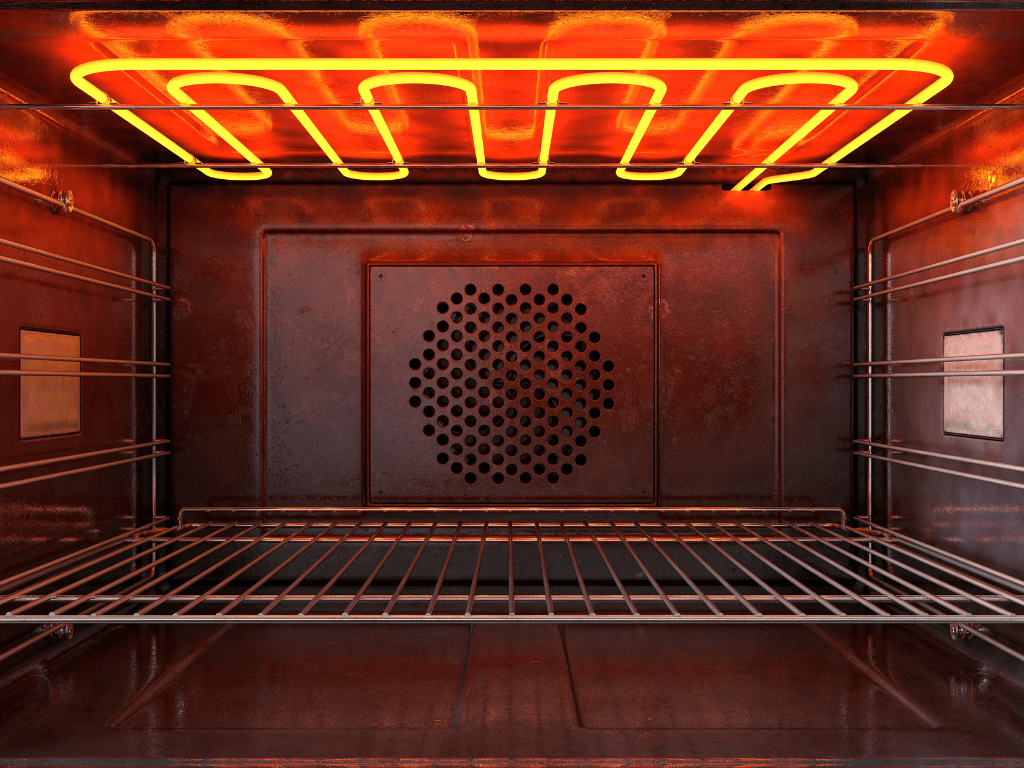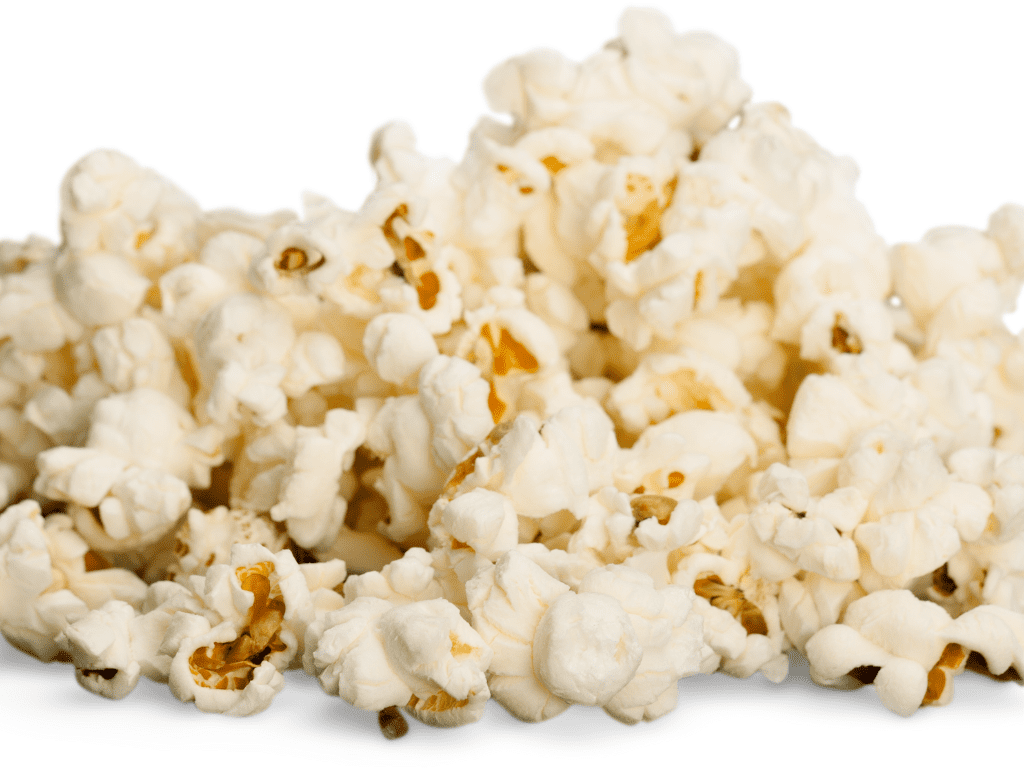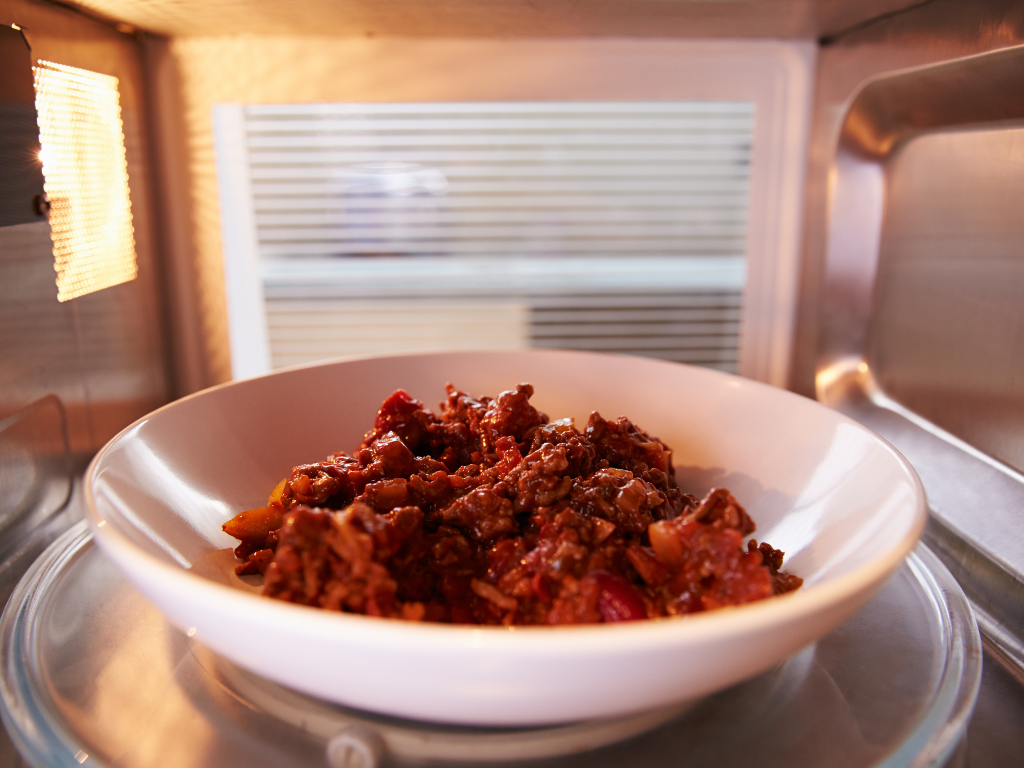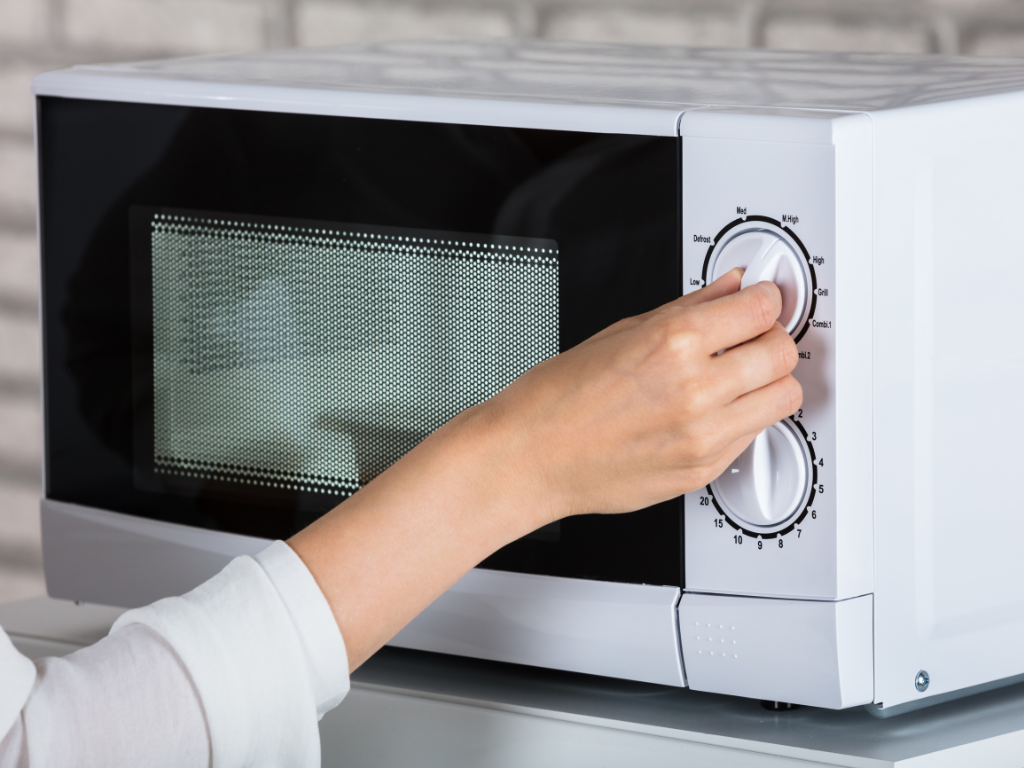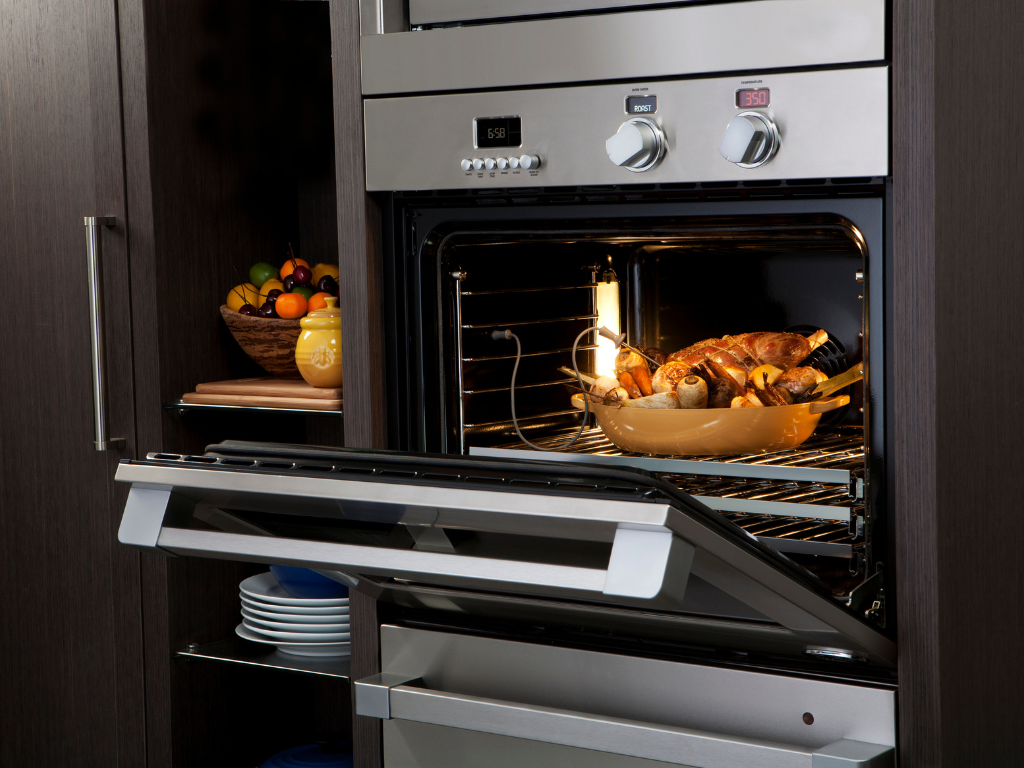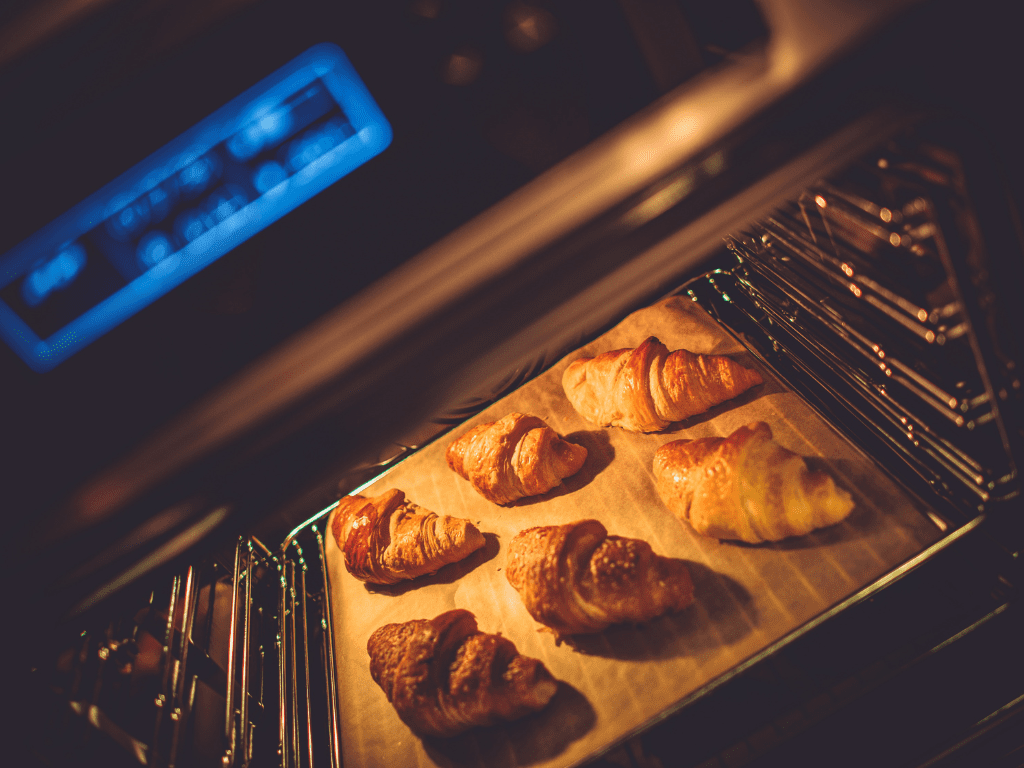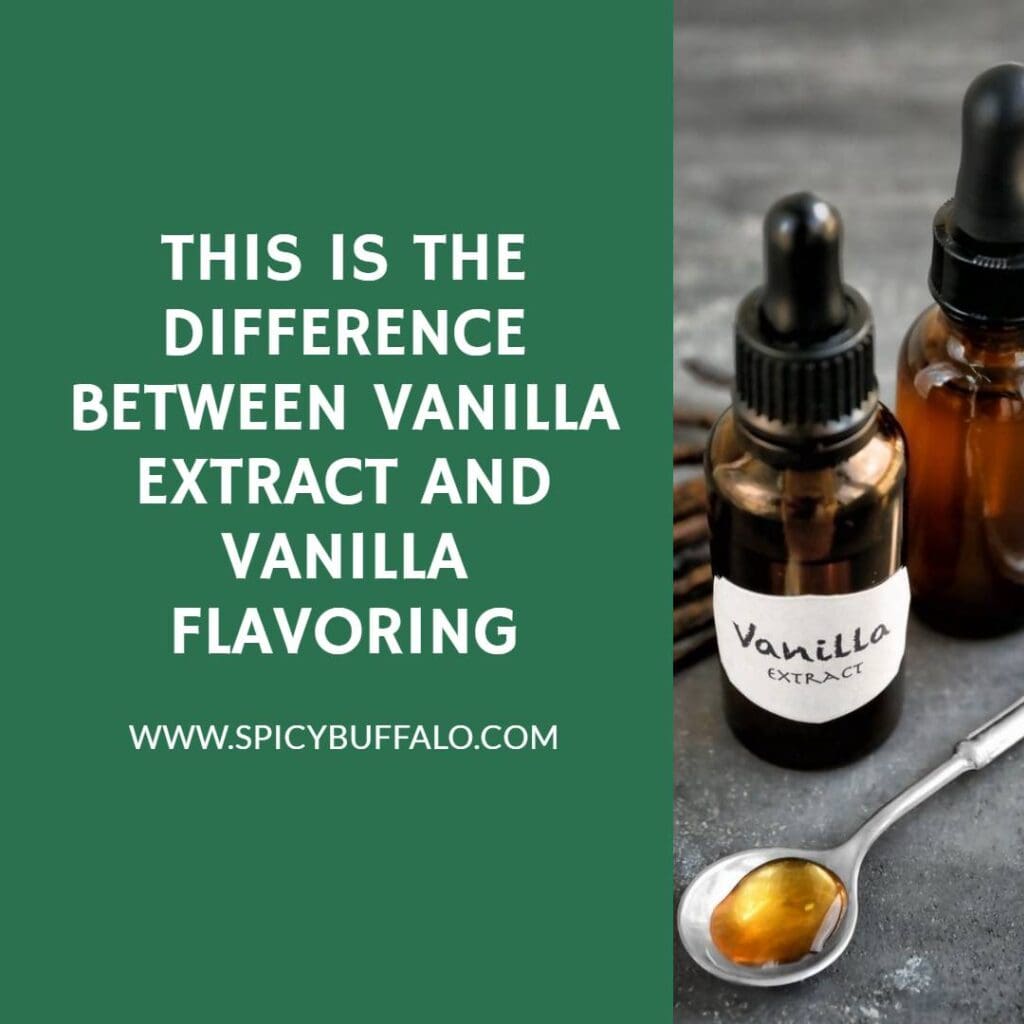
Understanding vanilla product labels can certainly get complicated as new products flood the market and old products get rebranded. There are actually five different types of liquid vanilla in the marketplace right now and we’re not talking five different species here. We’re talking labels and what’s inside the bottles.
As I get asked about the difference between pure, flavor, natural, and imitation vanilla frequently, I decided to write an article specifically addressing what’s in the bottle and why it’s labeled the way it is.
For those looking for a cheap substitute to the real thing because it’s so expensive right now, this is also good to know.
We’ll start with pure vanilla extract.
There is a Standard of Identity for vanilla extract in the United States. To be labeled Pure Vanilla Extract, a gallon measure must contain 13.35% vanilla bean extractives (10-ounces of moisture-free solids), 35% alcohol, and the balance in distilled water.
What is not listed in the Standard of Identity is sugar, corn syrup, caramel color or any other additives pure vanilla may contain.
Some companies include one or more of these ingredients on their labels, but most do not – even though their pure vanilla contains it. The same is true with alcohol. Grain alcohol is the most commonly used alcohol in vanilla, but sugarcane alcohol is also used. Sugar or corn syrup are often used to mask the harsh notes of alcohol or to make the extract smell and taste better if the quality of the beans used were not good quality.
If you have issues with gluten or sugars, check with the company whose vanilla you’ve purchased. Rain’s Choice vanilla is made with sugar cane alcohol and contains no additional sugars or additives. As a result, our vanilla extract is gluten-free, sugar-free and gmo-free.
Imitation vanilla is synthetic vanillin made in a laboratory. If the product is clear, it’s 100% synthetic vanillin. If it is caramel color, it has been dyed with caramel color (which also contains sugar) or other dyes. If you purchase imitation vanilla in the U.S. super markets, it is safe.
Far less than 1% of the so-called vanilla extracts or essences sold throughout Mexico, the Caribbean and the rest of the Americas are pure vanilla extract or flavor. They are made from synthetic vanillin, with some containing 2% alcohol used as a preservative. They usually contain sugar and other ingredients, some of which may be considered carcinogenic in the U.S. There are no label laws in many countries in the Americas, and those that have them don’t enforce them.
Hopefully this information will help you make informed decisions about which liquid vanilla is best for your needs.
Vanilla flavor is made with required amount of vanilla bean extractives, but without alcohol. Propylene glycol is the most common carrier used for producing the flavor.
The Standard of Identity states that this product cannot be labeled extract due to the lack of alcohol. Vanilla flavor is a good choice for anyone who is avoiding alcohol. Unfortunately, however, some people are allergic to propylene glycol. In that case, a reasonable substitute for vanilla flavor is pure ground vanilla bean powder.
Other Natural Flavors (known in the vanilla industry as WONFs which stands for “with other natural flavors”) came onto the market during the vanilla crisis that began in 2000 after three cyclones struck Madagascar in just a few months.
The cyclones destroyed at least 30% of the vanilla beans, and as a result, with so little vanilla available and costs soaring, manufacturers wanted something affordable for flavoring frozen desserts, dairy, and packaged desserts. (You can read more about what caused vanilla prices to soar here.)
To meet the demand for a more affordable vanilla, there is now even a product on the market made from highly genetically modified yeast and DNA created on a 3D printer.
It should be noted that WONFs sometimes contain synthetic vanillin to boost flavor. So if synthetic is something you want to avoid, as we do here, be sure to read the label carefully.
Similar to WONFs, natural flavors vary in their ingredients. The Vanilla Company currently is selling a double-strength all natural vanilla extract and natural vanilla paste that contain a blend of pure vanilla extract and natural flavors made from plants other than vanilla. It smells very much like pure vanilla but without the deep notes of pure vanilla extract.
The decision to carry this product was made due to the extremely high cost of pure vanilla extract and the fact that so many small artisan companies simply could not afford it. Our company considers this product as a bridge to get through the current crisis.
If you have ever tasted real vanilla from a vanilla pod, you will know it when a baker doesn’t use this in their baked goods. The taste is quite different. It’s warmer, rounder in flavor, and more distinct. It’s these differences in flavor that make using real vanilla more expensive. However, real vanilla beans are expensive, especially since it’s commonly a one-time-use-only ingredient.
It’s more than just the higher demand for the real thing: vanilla orchids are incredibly hard to grow. Plus, it takes months for the vanilla orchid to produce its pods and even more months for the pods to be cured to become useable as the vanilla beans you use for your baking needs.
Extracts, therefore, are a great way to make your vanilla beans last longer. Vanilla extract is made from steeping the fermented and cured vanilla beans or the bean pods of the vanilla orchid in alcohol. Vodka is commonly used to extract the flavor from vanilla beans since it’s more a clean flavor than gin or even rum which can affect the flavor of the vanilla extract you’re making.
You can actually make your own vanilla extract by steeping used vanilla pods in vodka for about 3 to 4 months up to a year. You’ll know the vanilla is ready to use when the alcohol has begun to take on the dark amber-brown color of the vanilla beans and its aroma has infused the alcohol.
If you can’t afford vanilla beans, vanilla bean paste, or pure vanilla extract, there are any number of affordable vanilla flavorings you can use. These are made from different ingredients that mimic the vanilla flavor. These are called vanilla flavorings or imitation vanilla flavor.
These flavorings may or may not contain natural vanilla extract but commonly it’s made from vanillin, which can partially be made from the vanilla pods. The flavor is there, but it’s not quite the same. That’s why, despite the high demand for the taste of real vanilla, vanilla flavoring is still a great substitute for the real thing. It will still make your cakes and cookies smell and taste delicious.
Should I use vanilla extract or vanilla flavor?
Although pure vanilla extract is the first option in baking recipes, a vital note to remember is that since it doesn’t contain alcohol, it must be made in a manner that precludes the chemical solvent alcohol.
However, products labeled as pure vanilla extract can have many other ingredients added to them. This decision comes down to what you prefer and how much alcohol is too much for you to consume. These other ingredients may include various types of food-grade dyes, vanillin from wood sap, and synthetic and natural flavors like those mentioned earlier on this page (see WONFs). Since these products are made from international regulations, their contents are very difficult to find on the ingredient label and sometimes cannot even be found in their names.
What is the difference between extract and flavoring?
Vanilla extract is made by steeping vanilla beans in ethanol (or vodka) for a period of time. The beans and pods are allowed to dry fully and are then infused in alcohol. Vanilla extract can be used immediately after making but is not meant to be stored for prolonged periods of time. Vanilla flavoring, on the other hand, contains synthetic or natural flavorings including vanillin (made from the vanilla beans), extracts, and others. Because of this wide variety of ingredients, these products are not intended for direct consumption (only baking uses).
How much should I use?
If you’re looking for real vanilla, you will have to pay a premium to get the extract that you’ve been craving all along. Depending on the quality of the beans used, vanilla extract uses anywhere from 5 to 15 percent of the extract for every pound of beans used. This number will fluctuate based on how much you need to use as well as the type of beans being used.
Does alcohol free vanilla extract contain more flavor?
If you are trying to go alcohol free, then yes, there is a difference in flavor between alcohol based and alcohol free versions. Alcohol based vanillas usually give a deeper rounder vanilla flavor while alcohol free vanillas tend not to have much depth at all.
What is the best way to store my vanilla extract?
Vanilla extract can be successfully stored in a cool, dark place for up to six months. If you want to store it out of the light, then keep it in a shaded area and don’t store it near an open window or direct sunlight. Before you put your vanilla beans and alcohol mixture into the container, make sure that you carefully seal it. This will prevent any leakage and make sure that your vanilla extract won’t lose its flavor over time. Take care of your vanilla vine (if it’s real) by making sure that they get plenty of direct sunlight every day.
What is the difference between vanilla and vanilla extract?
Vanilla is a part of the orchid family. It contains all of the essential oil required for flavoring sweets and other foods. These essential oils are known as vanillin, which is also used to extract flavors from other foods, like vanilla beans. There are different types of vanilla that are grown across the world. A good quality vanilla extract should contain all natural ingredients that enhance its flavor and scent, like those listed above or florally scented vanilla extracts, among others.
Is vanilla extract the same as pure vanilla extract?
In the U.S., pure vanilla extract is vanilla extract with at most 35 percent alcohol. That’s where it gets its name, pure. It’s a designation that helps to set itself apart from the flavorings and other ingredients that are found in imitation versions. Pure vanilla extract is usually made from high quality beans grown in Madagascar, Mexico, and Tahiti. Vanilla flavorings are usually cheaper products with added ingredients and/or synthetic vanillin as its main flavoring agent.
Can I use imitation vanilla instead of vanilla extract?
You can certainly use imitation vanilla products in your baked goods, but if you’re really craving the real thing, it may not have all of the components that pure vanilla extract has. If you’re looking for a more natural version, then read about Vanilla Extract vs Vanilla Flavor for some insight on what to look for when choosing the best substitute out there.
Does vanilla flavoring come from vanilla bean?
Some vanilla flavoring does come from vanilla beans, but not all of them. It’s a process that uses natural and artificial ingredients to create a certain flavor. The specific ingredients found in each vanilla flavoring will determine the final product, which may or may not have some natural compounds found in the actual beans.
What is a vanilla extract made from?
Pure vanilla extract is made from steeping dried vanilla beans with an alcoholic liquid such as vodka or bourbon. The alcohol helps to extract the flavor of the bean and also helps to preserve it. After you’ve steeped your bean, you can use it as a homemade fragrance or decant it into small bottles for storage purposes.
As with all our extracts, we have strict quality and taste controls to make sure you are getting the best on the market as our customers will testify, in fact, it took the product producer ten years to come up with a good natural vanilla extract that we approve of! And now with no surprise, so do our customers! More reviews can be found on the actual product pages. They are quite excited about it, but if you desire a stronger flavor, I suggest blending our natural flavors with our pure vanilla extract in order to give baked goods, ice creams or other foods a rich flavor less expensively.

